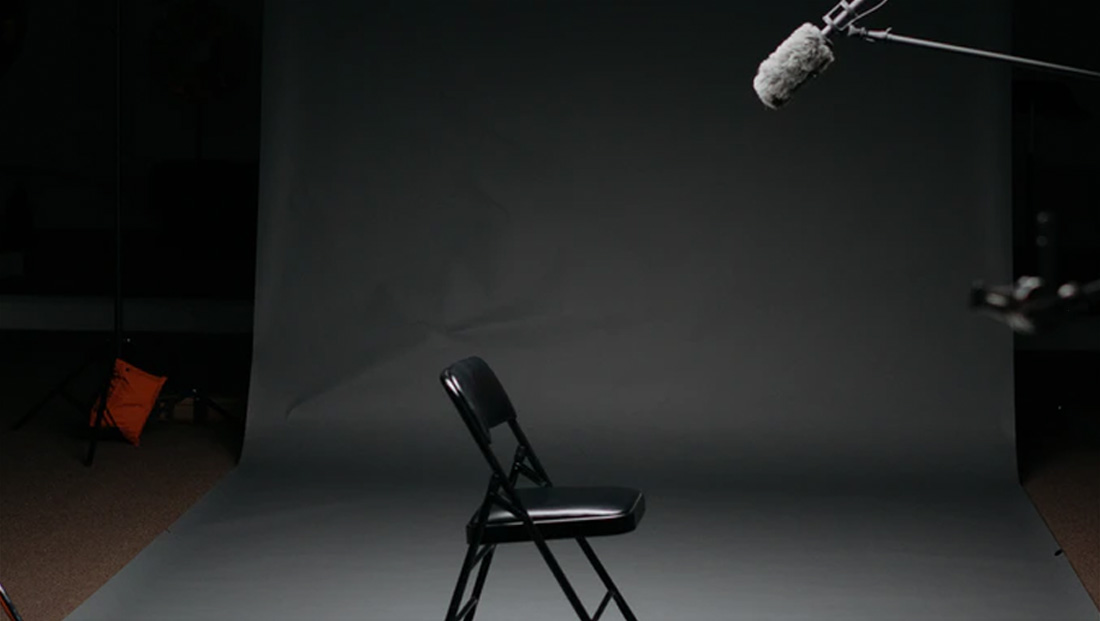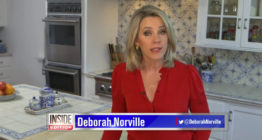Tips on how to create a home TV studio for anchors and reporters

Subscribe to NCS for the latest news, project case studies and product announcements in broadcast technology, creative design and engineering delivered to your inbox.
Creating the look
During these unprecedented times using whatever background is available (even a kitchen) is more than acceptable, but if you have time to prep, there are other options:
- A blank wall (or one that can be cleared to be blank) is a good option.
- Printed backgrounds attached to the wall or propped up behind talent can also be a good option as long as any glare is minimized.
- Other good options include bookshelves (check what titles are on it or flip spines around), a desk or workstation or even a temporary background created using a sheet, curtains or other fabric.
- Since you’re in someone’s home, consider removing any personal photos or artwork that talent might not want showing up on air (in some cases, you may also want to avoid showing certain copyrighted posters, prints or even paintings behind talent).
- TV and computer monitors — either ones the talent already has or that are brought in for the occasion, can be used as digital backgrounds or OTS elements. It’s already common for insert studios to place talent and guests in front of a large video screen with a graphic displayed on it — and shoot tight enough so it’s not obvious it’s just a screen.
- If you’re using a TV from the talent’s home, keep in mind most consumer grade TVs are generally not rated for being left on for hour after hour. While most can still take extended use, it’s worth keeping in mind the device could die at some point if left on too long. Some stations are also buying consumer grade screens that can be used in talents’ homes.
- Before going live, test how the talent looks in front of the video screen — especially checking for any moiré, flickers or odd color shifts due to differences in camera and TV refresh rates.
- If you’re still using traditional light kits, keep in mind they can get very hot very quickly, so keep them well away from ceilings, furniture, walls and upholstery. LED lighting is generally a better bet if possible.
- Chroma key can be another option, but keep in mind this does require an additional layer of technology that could fail or look odd, particularly around the edges or if talent shifts.
- Consider how you’re going to feed the background — either via a USB thumb drive or streaming stick or remotely via IP.
- Even if you are able to get a remote monitor to respond to the control room systems, having a local backup is always a good idea. In a pinch, you can use USB sticks, streaming boxes, a computer or even a DVD player to feed the screen.
- If you’re feeding the video screen using a local device, particularly with weather or traffic graphics, keep in mind that some devices may not have the memory or processors to handle more complex graphics. Removing transitions or animations if possible is a good way to make this less obvious.
- Likewise if talent need to interact with the screen, consider how that will be done and how to place the keyboard, mouse or tablet so it’s easily accessible on air — without awkward “leaning.”
Subscribe to NCS for the latest news, project case studies and product announcements in broadcast technology, creative design and engineering delivered to your inbox.




tags
Coronavirus
categories
Broadcast Industry News, Featured